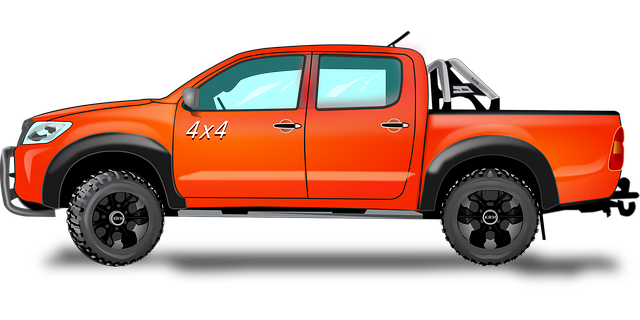Clutches are vital for RGV-4×4-Shop customers, offering controlled torque distribution and smooth gear changes. The shop provides various types catering to different needs: mechanical, hydraulic, manual, and automatic clutches. Regular maintenance is key to extending clutch life; experts recommend inspecting parts and using high-quality upgrades for optimal performance on any terrain.
Clutches are essential components in many vehicles, providing smooth power transfer and control. This article guides you through the basics of clutch mechanisms, explores different types suitable for RGV-4×4-Shop customers, and offers expert tips on choosing and maintaining clutches. Learn how to navigate the options and ensure your vehicle’s optimal performance with advice from RGV-4×4-Shop specialists.
- Understanding Clutches: The Basic Mechanism
- Types of Clutches: An Overview for RGV-4×4-Shop Customers
- Choosing the Right Clutch for Your Vehicle: Factors to Consider
- Maintaining and Upgrading Clutches: Tips from RGV-4×4-Shop Experts
Understanding Clutches: The Basic Mechanism

Clutches are mechanical devices designed to transmit torque from a power source, such as an engine, to a driven component while allowing for controlled slip and torque distribution. The basic mechanism involves a set of friction clutches that engage and disengage through hydraulic or mechanical means. When engaged, the clutch connects the transmission input shaft to the engine, enabling power transfer. Disengagement allows the driver to change gears seamlessly without disrupting the engine’s rotation.
An RGV-4×4-shop clutch system consists of several key components: a pressure plate, friction disc, and release bearing. The pressure plate is clamped against the flywheel by a spring or hydraulic cylinder, creating the necessary friction for power transfer. When the driver disengages the clutch, the release bearing acts on the pressure plate, reducing the clamping force and allowing for smooth gear changes. This system ensures efficient power delivery while providing the driver with precise control over vehicle performance, especially in off-road conditions that require quick and agile gear shifts.
Types of Clutches: An Overview for RGV-4×4-Shop Customers

Clutches come in various types designed to cater to different vehicle needs. For RGV-4×4-Shop customers looking for reliable performance and durability, understanding these options is essential.
One common type is the mechanical clutch, known for its simplicity and reliability. It uses a set of gears and a pressure plate to disengage and engage the transmission, providing smooth shifting. Another popular choice is the hydraulic clutch, which employs fluid pressure to achieve the same functionality, offering smoother operation and easier pedal response. For off-road enthusiasts, the manual clutch stands out due to its robust design capable of handling demanding terrain, while automatic clutches are favored for their seamless shifting and reduced driver fatigue during long drives, making them ideal for everyday use.
Choosing the Right Clutch for Your Vehicle: Factors to Consider

Maintaining and Upgrading Clutches: Tips from RGV-4×4-Shop Experts

Maintaining and upgrading clutches is a crucial aspect of vehicle care, especially for off-road enthusiasts. The experts at RGV-4×4-Shop emphasize the importance of regular inspection and timely repairs to ensure optimal performance. They suggest checking clutch components for signs of wear and tear, such as excessive friction or material breakdown.
When upgrading, choose high-quality parts that are compatible with your vehicle’s make and model. The team at RGV-4×4-Shop recommends consulting with their experts to find the best upgrades tailored to your needs. Regular maintenance and smart upgrades will not only extend the life of your clutches but also enhance your driving experience, whether you’re tackling rugged terrains or simply commuting through bustling city streets.



